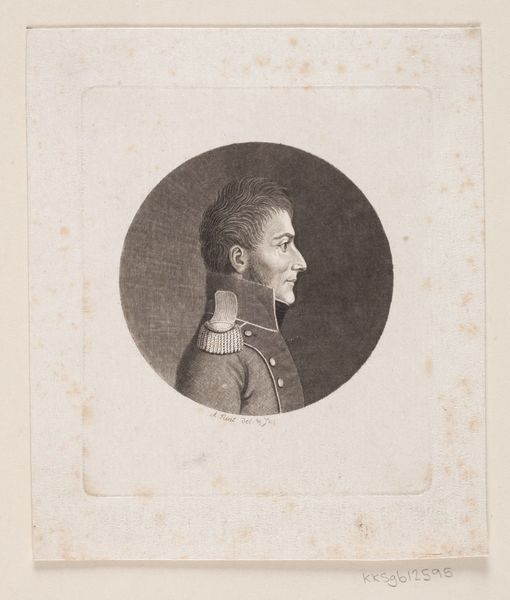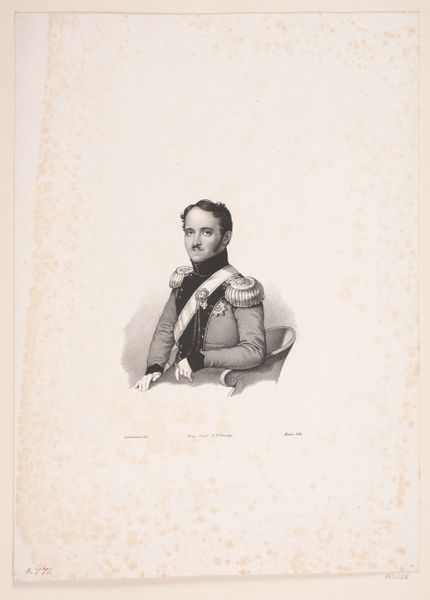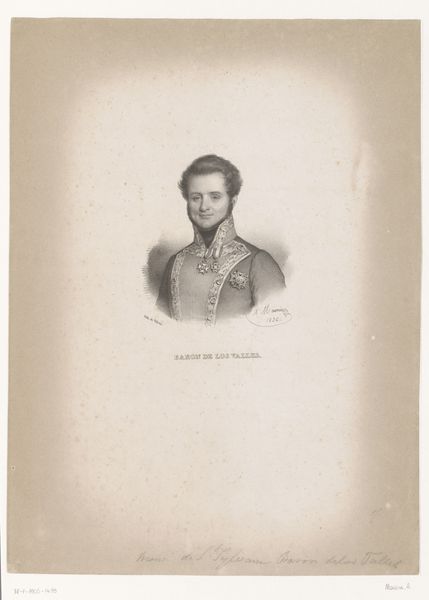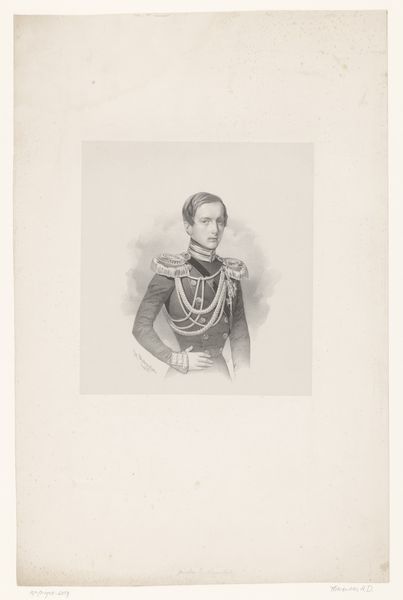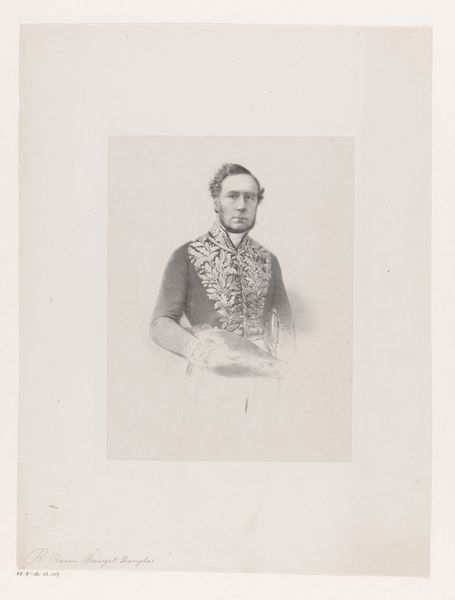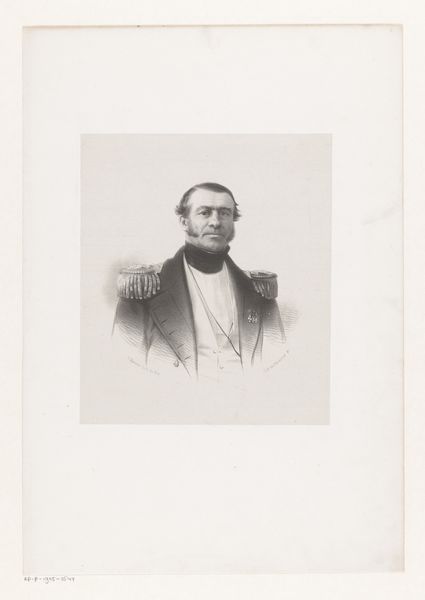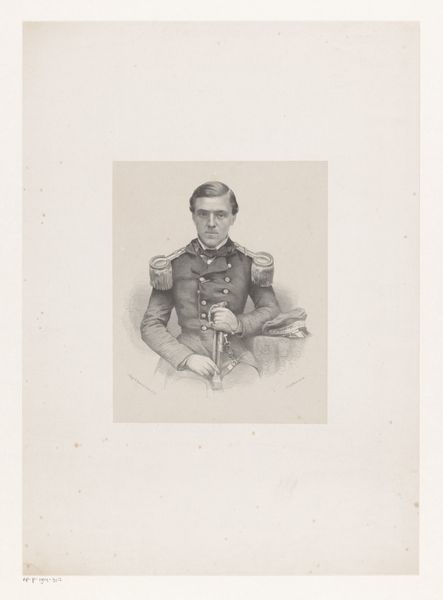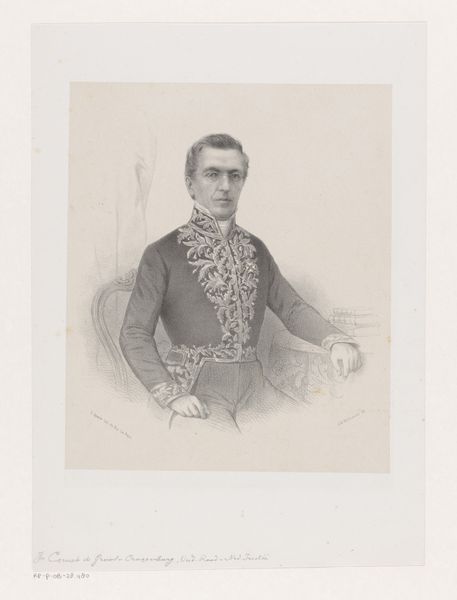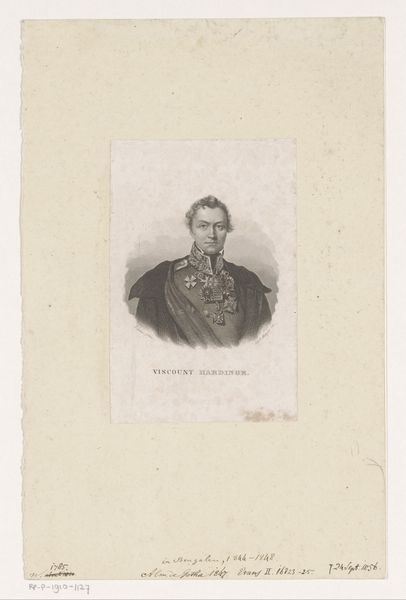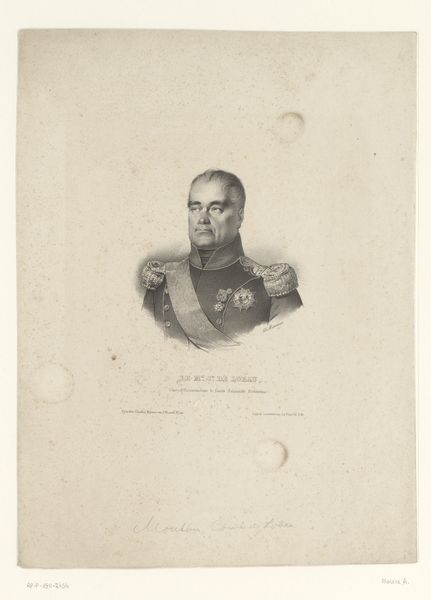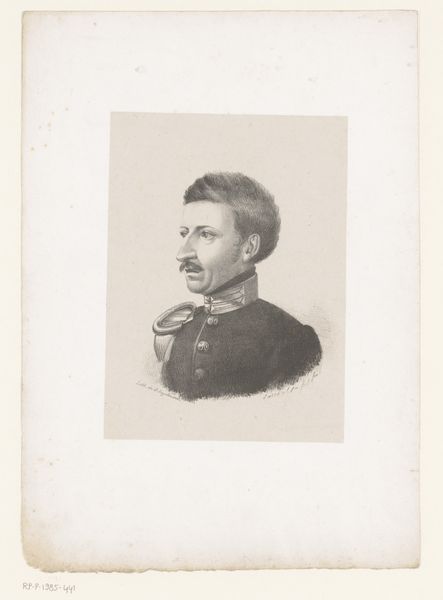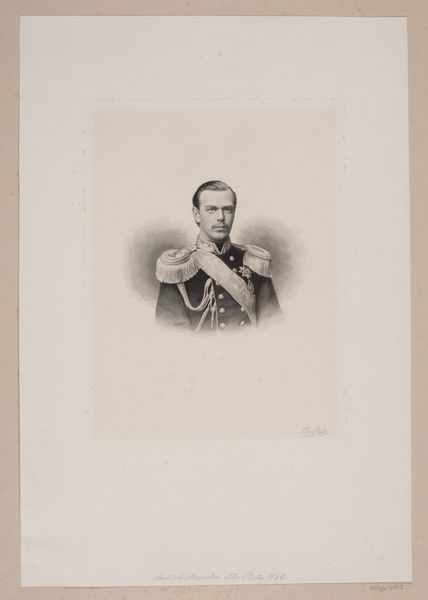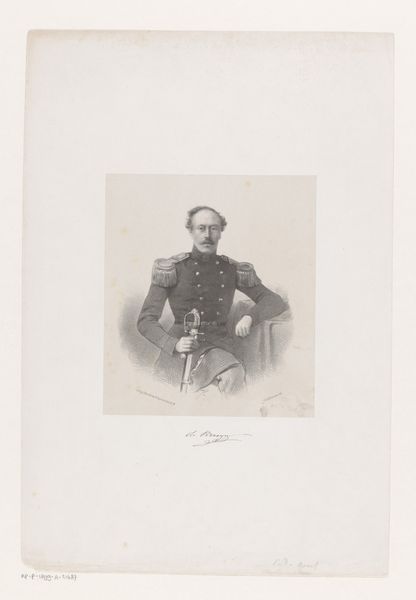
print, engraving
#
portrait
#
aged paper
#
toned paper
# print
#
light coloured
#
old engraving style
#
figuration
#
history-painting
#
academic-art
#
engraving
#
realism
Dimensions: height 253 mm, width 155 mm, height 264 mm, width 196 mm
Copyright: Rijks Museum: Open Domain
Editor: This is "Portret van Theodorus Frederik van Capellen," a portrait from 1817 currently held at the Rijksmuseum. It's an engraving. What strikes me is the precision of the lines and how they create this incredibly detailed likeness. What catches your eye about it? Curator: My attention is drawn to the process itself. Consider the labor involved in creating this print. An engraver meticulously carves into a metal plate, essentially mass-producing an image of status and power. How does that contrast with the hand-painted portraiture of the elite during this period? Is the mode of production itself shaping who gets remembered and how? Editor: That's fascinating. So, the material – the metal plate, the paper – and the printmaking process democratize image making, in a way? But how does that play into the subject matter - a portrait of someone clearly of high status? Curator: Precisely! We see a tension between the exclusivity of the subject, Van Capellen, likely commissioned by him and or his family and friends to create an easily distributed token of remembrance. Consider who is portrayed and who gets left out. The cost and ease of this process will enable wider circulation and help perpetuate a hierarchy of recognition through printed material and the sitter will become immortalized in a way. Think about who owned these prints, and how that extended his reach? Editor: So it’s about questioning whose stories are told, how they're told, and how accessible those stories are based on the materials and processes available at the time. The print allows for this person's reach and influence to broaden due to access. I never considered the role that printed artwork could contribute to a power structure! Curator: Exactly. It prompts us to reflect on whose faces we see repeated throughout history. It's never accidental. We must not detach a single artwork from how it has reached us across history. Editor: This perspective truly enhances my understanding, and I can view print work as far more significant, both politically and socially. Thanks!
Comments
No comments
Be the first to comment and join the conversation on the ultimate creative platform.
